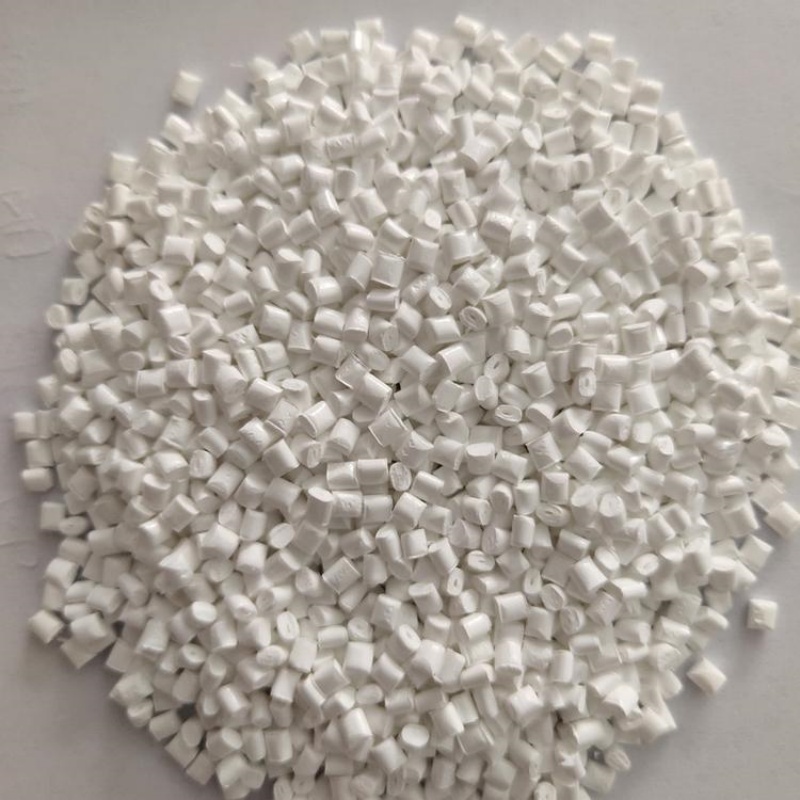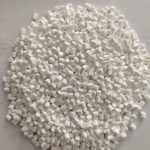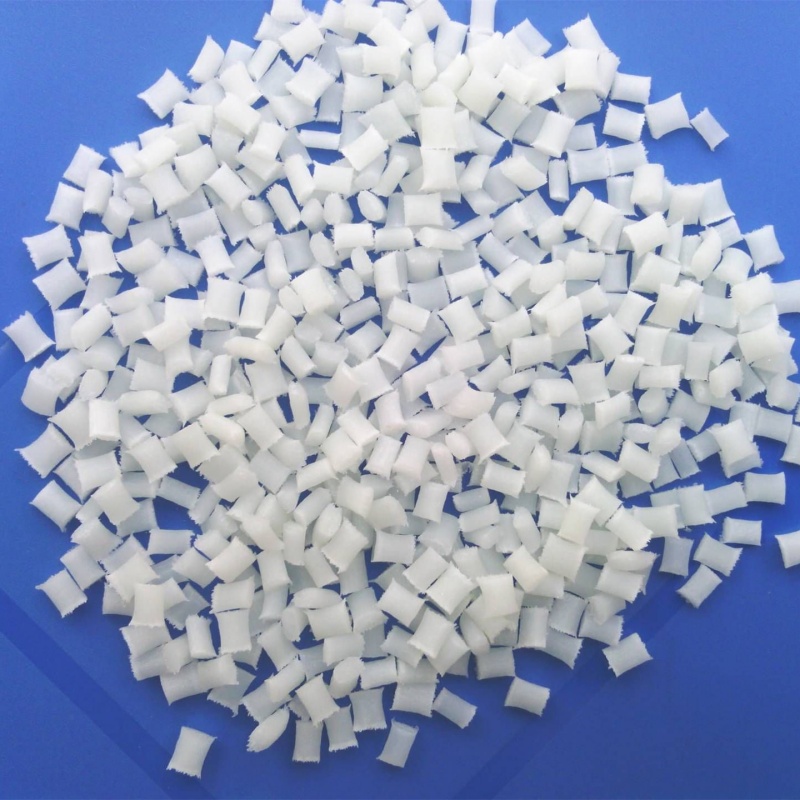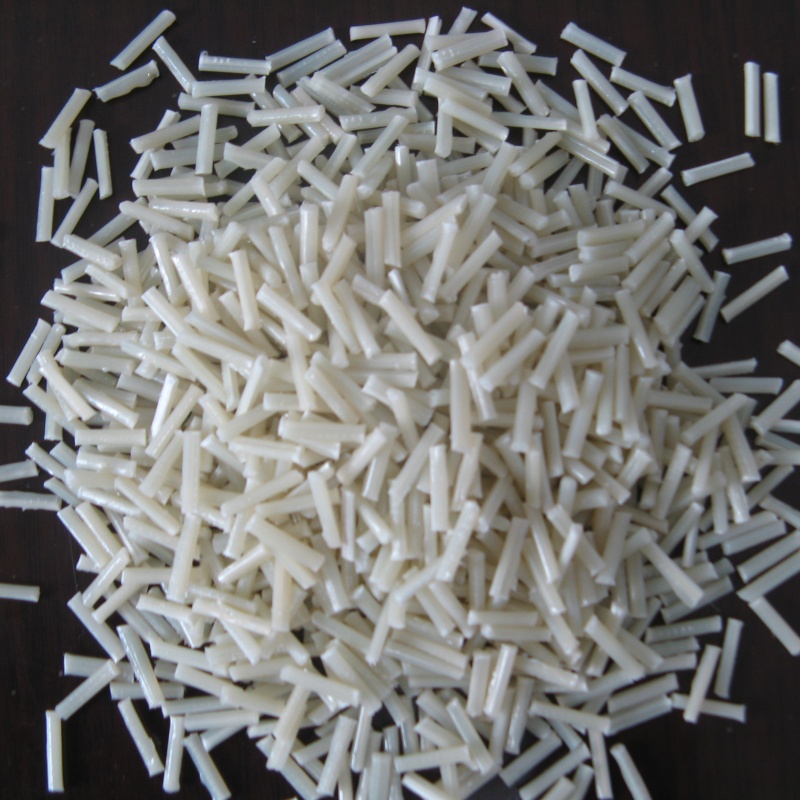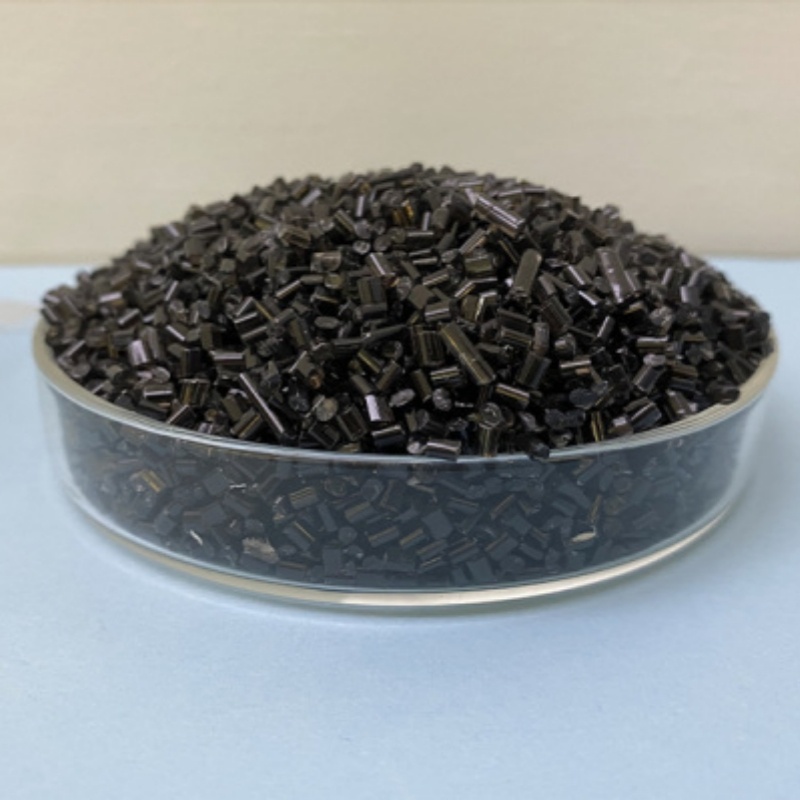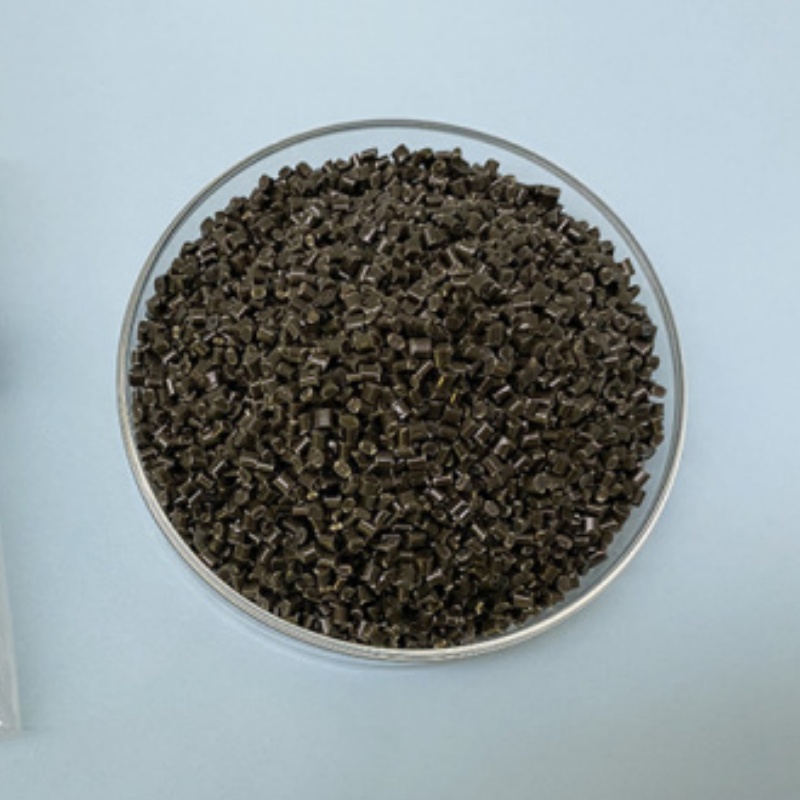High Toughened PA66 (High Toughness Polyamide 66) provides superior impact resistance, excellent mechanical strength, and enhanced durability. Designed for automotive, industrial, and structural applications, it ensures long-term performance, lightweight efficiency, and high adaptability.
Product Overview
High Toughened PA66 is a specially modified polyamide 66 material designed for exceptional toughness. It offers very high flowability, cold resistance, and impact strength, making it ideal for applications that require outstanding impact resistance and aging resistance. This material retains excellent mechanical performance even under extreme environmental conditions, making it widely used in textiles, automotive, and mechanical industries.
Key Features
- High Flowability: Exceptional processability allows the material to be molded accurately, especially suitable for producing complex parts.
- Cold Resistance: Maintains stable performance in low-temperature environments, making it suitable for cold-weather applications.
- Extremely High Impact Resistance: Offers outstanding impact resistance, preserving material integrity even under high-impact forces.
- Long-Term Durability: Demonstrates excellent wear resistance and durability, ideal for long-term use in harsh environments.
Applications
- Textile Components: Used in textile machinery components, providing impact resistance and long-term stability.
- Mechanical Housings: Suitable for protective housings in various mechanical equipment, ensuring excellent impact resistance and durability.
- Automotive Parts: Used in automotive components such as engine covers and interior/exterior parts, providing high temperature and impact resistance.
- Sports Equipment: Suitable for high-strength parts in sports equipment, such as exercise tools and shoe soles.
- Cable Ties: Ideal for manufacturing cable ties, offering exceptional cold resistance and impact strength for use in diverse environmental conditions.
| Test Properties | Unit | Test Method | Test Condition | Typical Value |
| Test Standards | ISO, UL, IEC, ASTM | |||
| Sample Handling | 23℃, 24h | |||
| Environment | 23℃, 50%RH | |||
| Physical Properties | ||||
| Density | g/cm³ | ISO 1183 | 1.07 | |
| Filler Content | % | ISO 1172 | - | |
| Mold Shrinkage | % | ISO 294 | Parallel: 1.4%, Vertical: 2% | |
| Mechanical Properties | ||||
| Tensile Strength | MPa | ISO 527 | Type I sample, 50mm/min | 45 |
| Elongation at Break | % | ISO 527 | Type I sample, 50mm/min, Gauge length 50mm | 60 |
| Flexural Strength | MPa | ISO 178 | 23℃, 10mm/min | 50 |
| Flexural Modulus | MPa | ISO 178 | 23℃, 10mm/min | 1600 |
| Izod Impact Strength (Notched) | KJ/m² | ISO 180 | 23℃ | 85 |
| Charpy Impact Strength (Unnotched) | KJ/m² | ISO 179 | 23℃ | NB |
| Thermal Properties | ||||
| Melting Point | ℃ | ISO 11357-1 | 260 | |
| Heat Deflection Temperature (HDT) | ℃ | ISO 75 | 0.45MPa: 130℃, 1.8MPa: 60℃ | |
| Flammability | ||||
| UL Flammability Class | UL-94 | HB | ||
| Glow Wire Ignition Temperature (GWIT) | ℃ | IEC 60695-2-13 | - | |
| Electrical Properties | ||||
| Surface Resistivity | Ω | IEC60093 | 100000000000000 | |
| Volume Resistivity | Ω·cm | IEC60093 | 1000000000000000 |
 new material
new material

